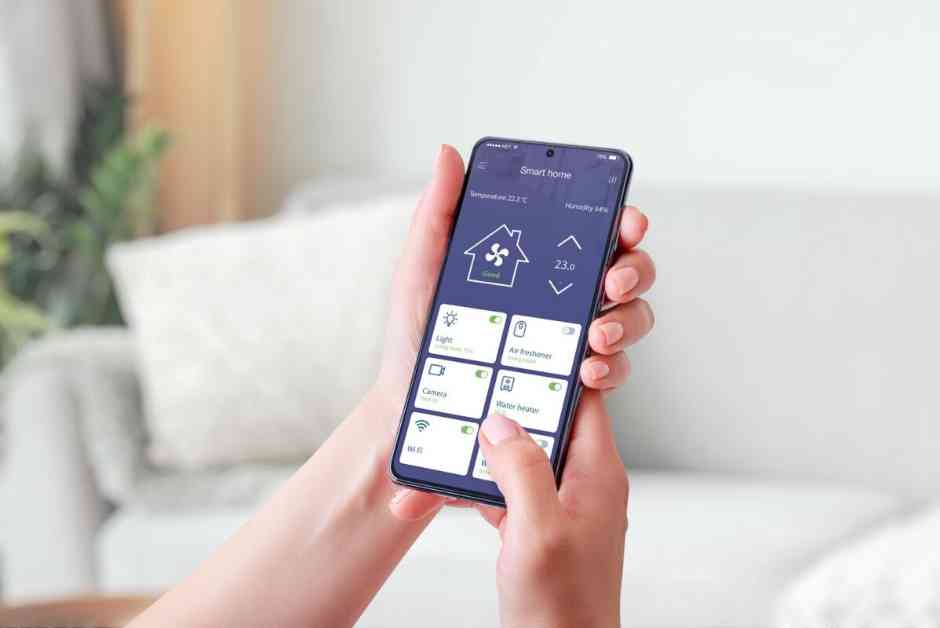Smart homes have become increasingly popular in recent years, with the average American household now having 17 Internet-connected devices. This surge in Wi-Fi-enabled technology has revolutionized the way we interact with our homes, but it has also placed a higher demand on our Internet bandwidth and speed. As a result, it is crucial for homeowners to ensure that their Internet connections are up to par to support the growing Internet of Things.
What is the ‘Internet of Things’?
The concept of the “Internet of Things” refers to ordinary physical objects that have been enhanced with Wi-Fi capabilities to communicate over the Internet. This includes devices such as smart speakers, video doorbells, light bulbs, thermostats, vacuum robots, fridges, garage door openers, and even picture frames. These once-ordinary household items now play a vital role in the smart home ecosystem, allowing homeowners to control and monitor their homes remotely.
How does the ‘Internet of Things’ affect home Internet?
With the increasing number of devices connected to the Internet in a smart home, the demand for Internet bandwidth and speed also rises. Just like adding more cars to a highway without expanding the lanes, an overloaded Internet connection can lead to slowdowns, lagging, and buffering. To ensure that your Internet can keep up with the demands of a smart home, it is essential to choose the right type of Internet connection.
What type of Internet is best for smart homes?
When it comes to Internet technologies, fiber optic Internet is widely regarded as the best option for smart homes. Unlike cable Internet, which uses copper coaxial wires that degrade over distance and are susceptible to electromagnetic interference, fiber optic cables transmit data using pulses of light. This allows fiber to provide faster and more reliable Internet speeds, making it ideal for supporting multiple devices in a smart home.
In contrast, 5G home Internet operates on airwaves similar to cellphones, which can degrade with distance and be weakened by physical obstructions. While cable and 5G Internet may suffice for current needs, they may struggle to keep up with the demands of future smart homes. Fiber, on the other hand, has the scalability and bandwidth capacity to support the ever-growing number of Internet-connected devices in a smart home.
The Benefits of Fiber Optic Internet
Fiber optic Internet offers several advantages that make it the top choice for smart homes. With the ability to provide speeds of up to 1-2 Gbps, fiber can easily accommodate the increasing number of devices in a household. Additionally, fiber optic cables are durable and weather-resistant, ensuring a reliable Internet connection even in extreme conditions.
Furthermore, fiber Internet has unmatched longevity, making it a valuable asset in the housing market. Studies have shown that fiber Internet can increase the value of a single-family home by up to 4.9 percent, highlighting the importance of having a reliable and high-speed Internet connection in today’s digital age. Companies like ImOn Communications are leading the way in providing fiber optic Internet services that can future-proof homes for years to come.
Conclusion
As smart homes continue to evolve and become more integrated into our daily lives, it is essential to have a reliable and high-speed Internet connection to support the growing number of Internet-connected devices. Fiber optic Internet stands out as the best option for smart homes, offering fast speeds, scalability, and durability that can meet the demands of today and the future. By upgrading to fiber Internet, homeowners can ensure that their Internet connections are ready to power their smart homes for years to come.
